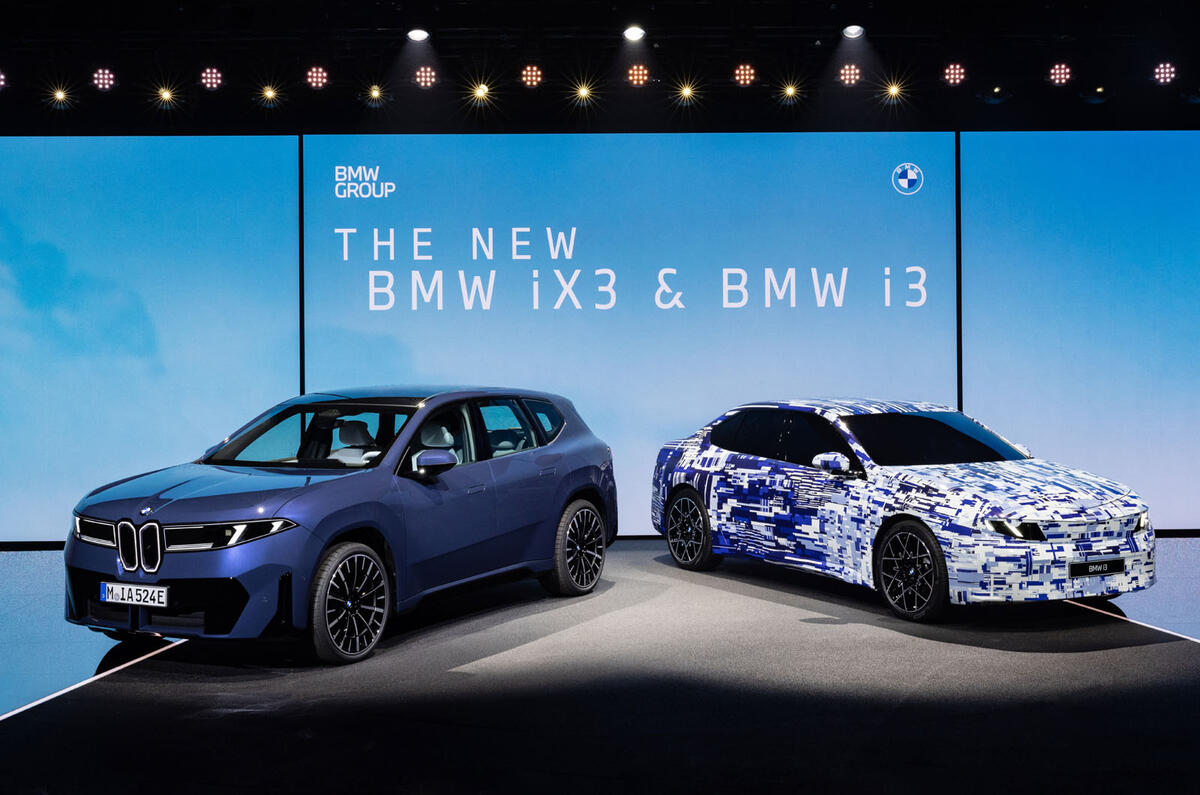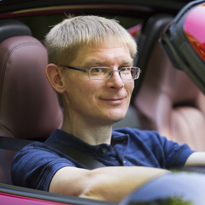BMW will rapidly introduce the Neue Klasse infotainment, digital architecture and styling across its entire existing model line-up in the coming years via far more extensive facelifts than usual.
Company bosses insist the step is necessary because the new technology represents “such a quantum leap”.
The new iX3 is the first model to feature the firm’s Neue Klasse design concept. While the most visible sign of that is the dramatically new design language, the more significant step is under the skin: a new technology platform built around a series of ‘supercomputer’ chips, including the Heart of Joy system that controls all the driving dynamic functions.
There's also the radical new iDrive X infotainment system, which combines a revamped touchscreen with a panoramic head-up display that runs the length of the dashboard.
The iX3 and i3 that will arrive next year will be the first models to feature the new system. The new design concept, Panoramic iDrive and key computing systems will then be rapidly introduced across BMW’s line-up.
The plan is to launch more than 40 new or facelifted models in the next two years.
“Every technology, everything on the iX3 is all-new,” said Mike Reichelt, BMW’s Neue Klasse chief. “We will roll out this technology across the whole portfolio, and fast.
"We have never done this before, but it is necessary when you look at the technology such as the computing power and the user interface. There have been so many big jumps.
“The quantum leaps in technology in the Neue Klasse are so big that if we don’t integrate this technology in the current portfolio, it will feel like an old portfolio. With the Neue Klasse, we’ve made so much progress it’s like we skipped a model generation, so we have to do it across the range.”
Reichelt admitted this means each model update will involve a significant amount more work and complexity than a traditional facelift, but he hinted that the increasing pace of car development makes that necessary anyway.
“We normally make a [mid-life] design update, but at that time we normally update the digital things, such as a new processor or the latest user interface," he said. "Traditionally we’ve had one mid-life update in a product cycle of seven to nine years, mostly design but a bit digital [too]. Today, every year we’re updating the digital side, so it’s really important to get that into the car.
“We won’t change the body structure [of existing models], but we will integrate the most relevant aspects of Neue Klasse: the design language, Panoramic iDrive, ADAS, all the digital things.
"It’s a big jump for the whole company, but it isn’t time for small steps; now is the time for big steps.”








Join the debate
Add your comment
Loving the new iX3 for what I've seen. Except the insistence on going touch screen for everything. I hope to God the LCI models reintroduce temperature and fan controls with physical knobs, or at least programmable buttons. Tesla took the world down the wrong path